Was India a nation 'before the British'? – A Detailed Analysis
India or Bharat is an ancient civilization and a nation of a peculiar culture. That is why despite many kingdoms, it was always considered to be one nation in the eyes of the outsiders.
Some ‘history buffs’ these days – like Saif Ali Khan, are announcing, as is the wont of many Hinduphobic, Indic civilization denying so-called liberals, that before the British came, there was no such thing as India.
So let us discuss how the outsiders saw the area now known as India.
When Greek Historians described India and its kingdoms
Arrian was a Greek historian, public servant, military commander and philosopher, who wrote many books in his time, including the definitive history of Alexander’s campaigns called The Anabasis of Alexander .
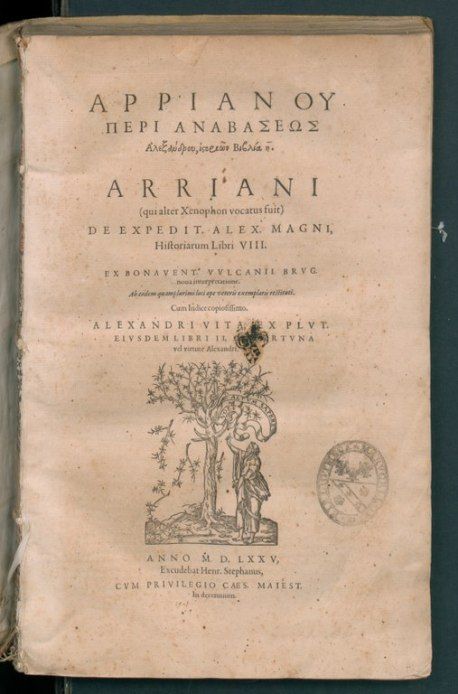
It comprises of seven books, which go into the details of Alexander’s campaign. You can read the translation of the book here. He also wrote another book called Indica, which discussed India in a lot of detail. It discussed the geography, society, and people. It was partly based on another book of the same name Indika by Greek commander Megasthenes and partly on a journal written by Nearchus (an officer in the army of Alexander).
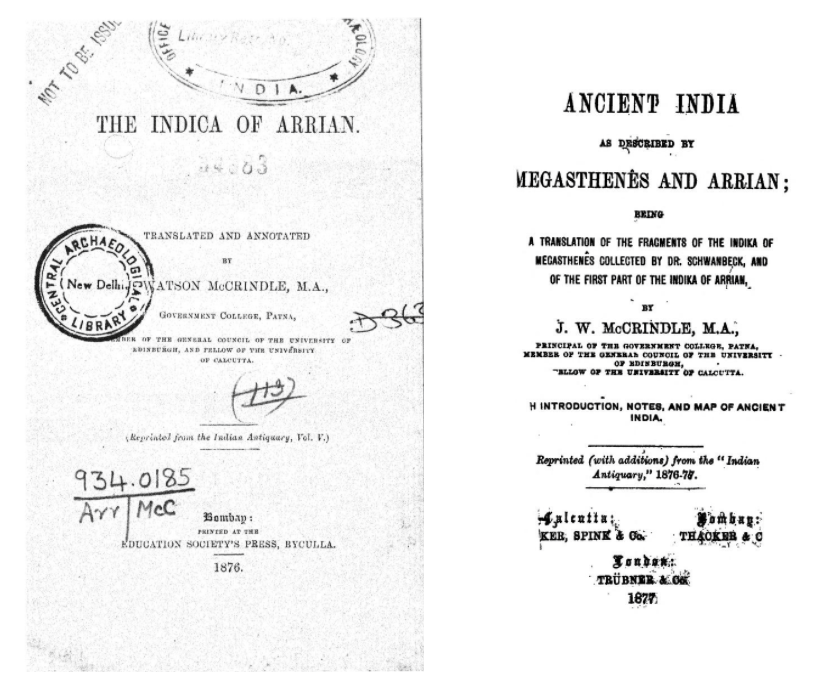
Make no mistake, the place that was discussed by Arrian, the Greek historian and Megasthenes was Indica.
And, it was not a kingdom that they were discussing. They were describing a geography.
Also, the people living in that geography were called Indians. Here is a clear description of the land and the people and what they were called.
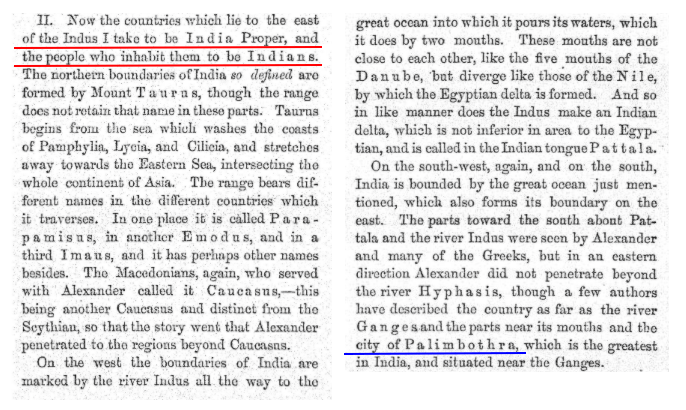
The city mentioned on the banks of Ganges – Palimbothra, is none other than Pataliputra or modern day Patna.
Apart from the discussions by Megasthenes and Arrian of India and Indians, there is also another document that probably was created around 1 BC. The document is called Periplus of the Erythraean Sea.
Periplus was like log of the sea captains, and was a manuscript document that listed the ports and coastal landmarks.
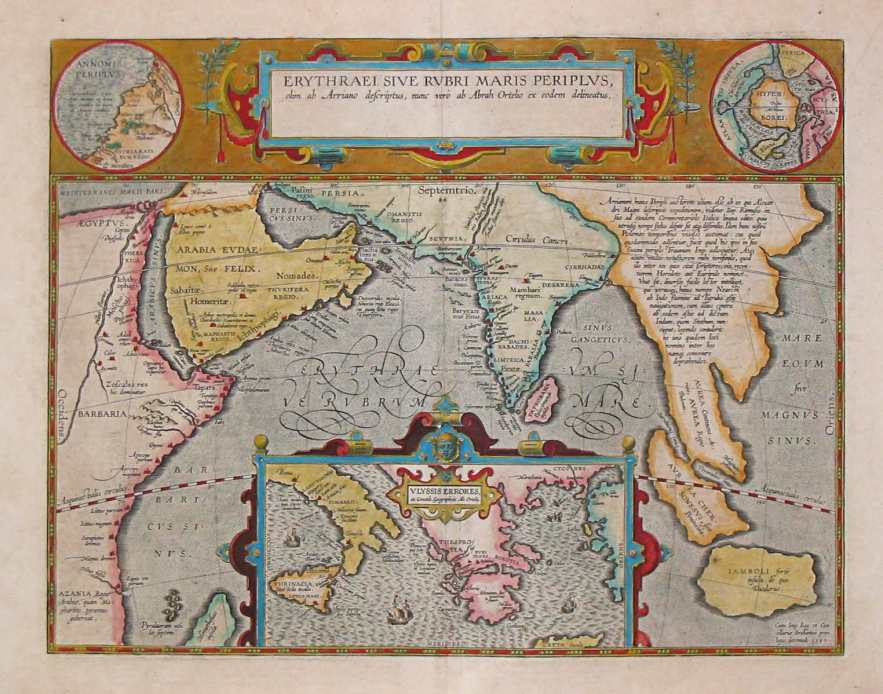
One can see that India is illustrated on the map very clearly as one land mass and nation. It is not sub-divided into kingdoms.
Beyond the gulf of Baraca is that of Barygaza and the coast of the country of Ariaca, which is the beginning of the Kingdom of Nambanus and of all India. That part of it lying inland and adjoining Scythia is called Abiria, but the coast is called Syrastrene. It is a fertile country, yielding wheat and rice and sesame oil and clarified butter, cotton and the Indian cloths made therefrom, of the coarser sorts. Very many cattle are pastured there, and the men are of great stature and black in color. The metropolis of this country is Minnagara, from which much cotton cloth is brought down to Barygaza.Wilfred Harvey Schoff – Periplus Maris Erythraei
The port of Barygaza is none other than the city of Bharuch in modern-day Gujarat. This was described in the Gazetteer of the Bombay Presidency in 1896. Nambanus referred to above, is said to be Western Kshatrapas king Nahapana. And this is the most interesting part – it does refer to the kingdom in Bharuch at the time, but also includes that as part of India.
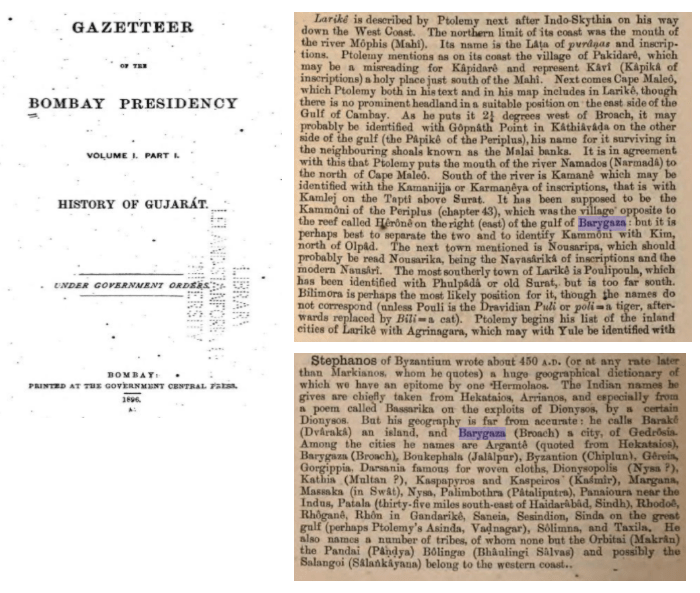
How do we know that they were discussing far more than just one kingdom? Well, Megasthenes gives the size of India as he understood. And he gives that measurement in stadia, which was a Greek measurement.
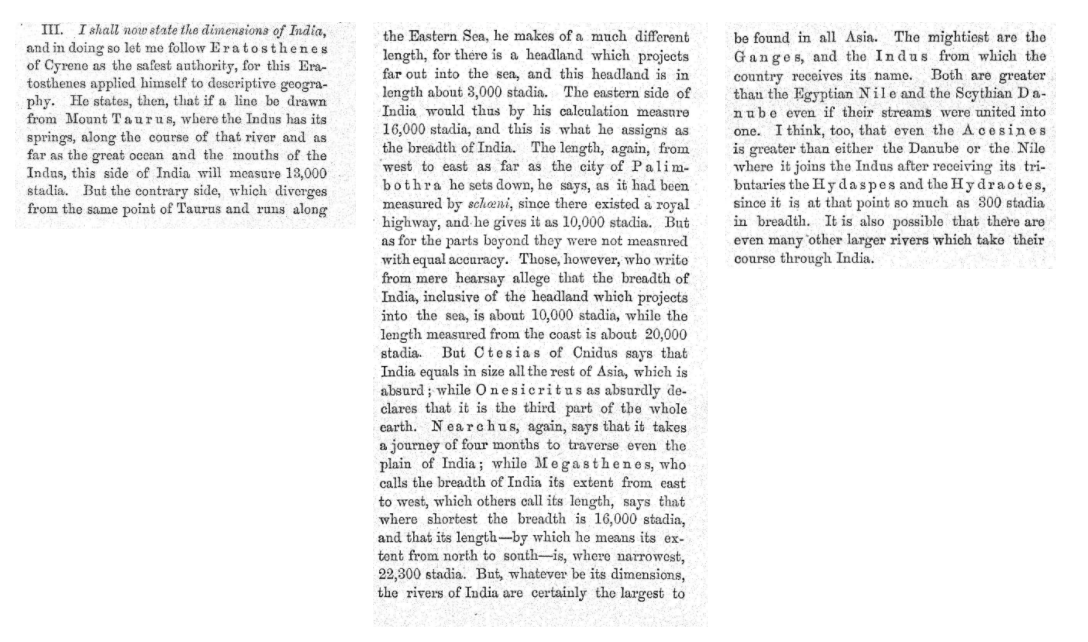
The calculations by Megasthenes come out to be quite large.
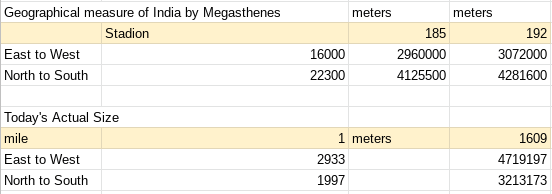
Not accurate as per today’s measures, but certainly not confined to one kingdom. In fact, by discussing both Bharuch and Patna as part of India, this idea was very clearly communicated.
Christopher Columbus and India ‘beyond Ganges’
Then, there was the interesting voyage of Christopher Columbus. And, this was of course at least about 1500 years after the descriptions by the Greeks. In a collection published by the Spanish Government in 1877, called “Cartas de Indias” (The Indian Letters), correspondence between Columbus and the Spanish royalty Ferdinand and Isabella are compiled. Also read “Why celebrate a beast like Christopher Columbus?“
The published Latin versions of the letter are almost all titled “Letter of Columbus, on the islands of India beyond the Ganges recently discovered”. The term “India beyond the Ganges” (India extra Gangem) was the archaic term frequently used by earlier geographers (e.g., Ptolemy) to refer vaguely to Southeast Asia (roughly from Burma down to the Malay peninsula); the Indian subcontinent proper was referred to as “India within the Ganges” (India intra Gangem).[8] Thus the islands of “India beyond the Ganges” claimed to have been reached would roughly correspond to modern Indonesia or thereabouts. The earlier printed Spanish edition bears no title, nor does the manuscript copy of the letter to the Catholic monarchs (Libro Copiador).
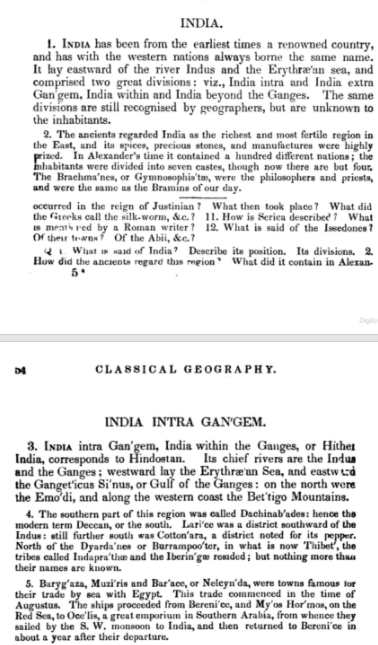
Here is a manuscript of Columbus’ letter.
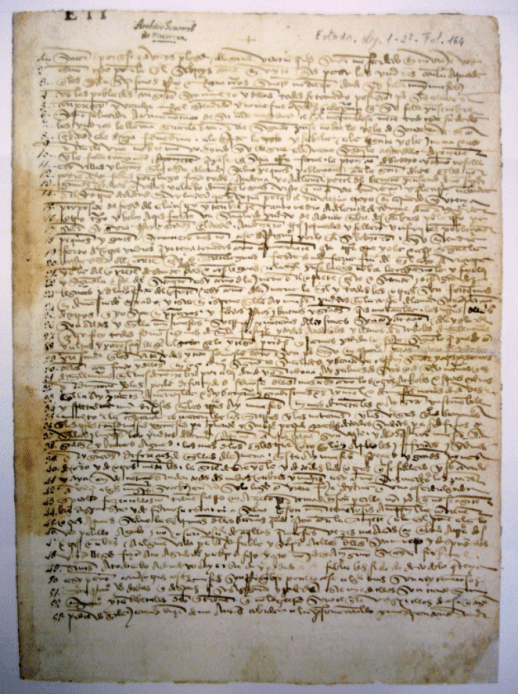
With the specific mention of the Ganges, which was considered one of the largest rivers in Asia at that time, as being the most defining factor of India, shows clearly that Columbus was referring to India that is India today.
And, of course, the British came to ‘India’ (East India Company, duh!) in 1600 during Akbar’s reign!
Contrary to many people’s understanding, the British did not come after the Moghuls. But the East India Company got the Royal Charter to trade in India on 31st December 1600 from Queen Elizabeth I.
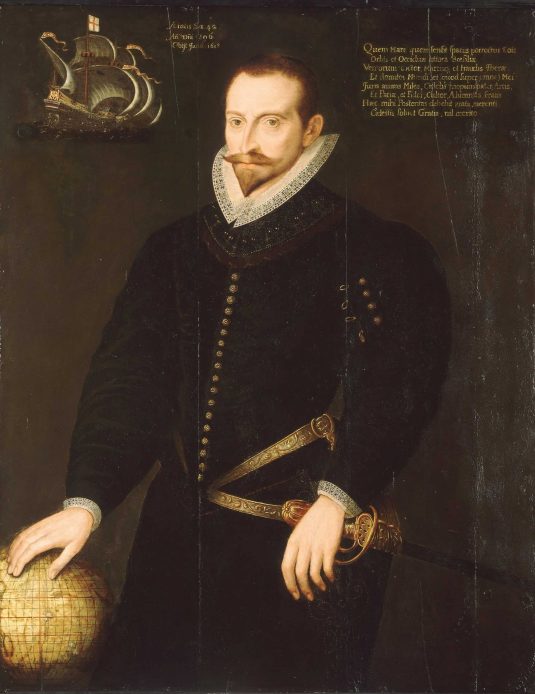
And, at that time, India was being ruled by Moghul Emperor Akbar, apart from other Kings. So, East India Company was in India long before the British ruled India. And, if British were responsible for “creating India as a nation”, then how the heck did they even know that 157 years before their first battle in India, the Battle of Plassey (1757)?! That is why when people say that there was no India before the British, you need to push back and ask what date are they referring to? December 31st, 1600 or June 23rd, 1757 (Battle of Plassey). For India surely existed prior to that even in the British records!
Conclusion: History in Cliches by the Secular Historians and History buffoons like Saif Ali Khan
History is usually a spin on the actual facts by the winners. Yes. But then there is something to be said about complete falsehoods with respect to basic common sense facts.
India has always been defined, understood and approached as one nation by everyone from outside of India. That identity has been defined by its geography, as Megasthenes defined way back in around 300 BC.
There were many kingdoms, yes, but they did not define India. India was a nation far bigger than its kingdoms. With rules of life which were very different. Something that we will discuss in the coming posts.
But suffice it to say that if your source of history is Amar Chitra Katha or Ram Guha, then you are not really a History ‘buff’, but a History buffoon. For, even the secular historians do not pause for a moment to think when the East India Company got its charter, and when British conquest really start.
A difference of 157 years is simply wished away to create a narrative that is false and diabolical to begin with. Only because the ancient civilizational character has to be negated.
[attractive-donation donation=”2″]




Comments ()